11 Days in Japan -- Fukuoka, Saga, Tokyo
The 11-day visit in Japan was full of fun memories. In the first week, I spent several days in Fukuoka, capital of Fukuoka Prefecture (福岡県, Fukuoka-ken) in late November. It was the perfect month for travel. Spent the second week of the trip mostly in Tokyo to catch up with a few friends and meet some new folks in web3/crypto communities in Tokyo. Overall, I really enjoyed the trip. It was my fifth trip to Japan, and it was the longest. I hope I could stay a bit longer (2 weeks, hopefully) for my next trip.
To folks I met in Japan, thanks for the wonderful experience. I had a lot of fun, except I couldn’t read the restaurant menus – guessing & pointing all the time with my very limited vocabulary. I’d love to try to learn some basics before my next visit.
Several places I visited:
Sumiyoshi-jinja 住吉神社, Kushida-jinja 櫛田神社
There’s quite a number of old shrines and temples around. I visited Sumiyoshi-jinja shrine (住吉神社) and Kushida-jinja (櫛田神社). Each shrine is unique in its own way. Sumiyoshi-jinja was quite and lovely, almost like a local public park. Kushida-jinja was a bit crowded with tourists around (a lot of tourists from Korea I noticed). There was more things to do.
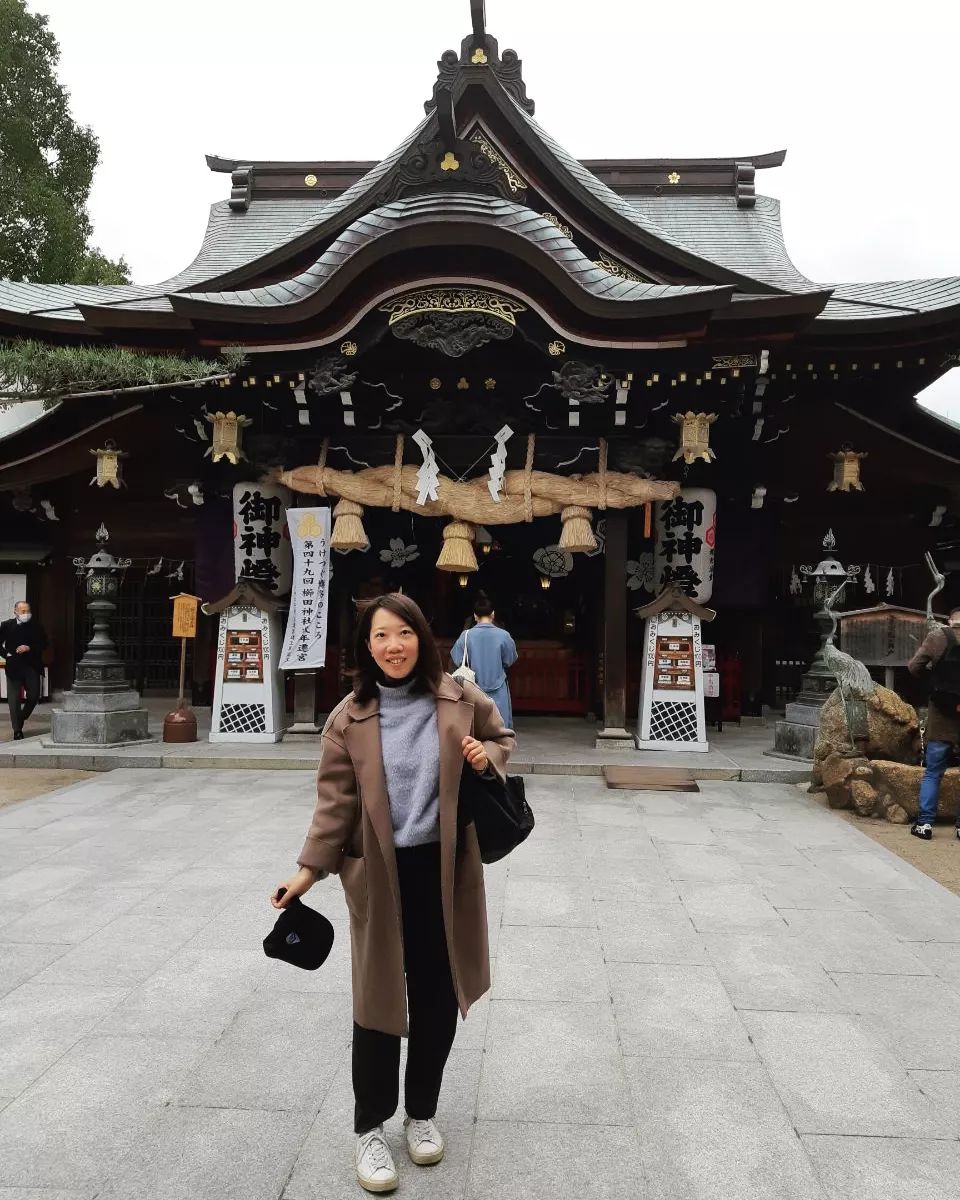
One of the most impressive pieces I saw while visiting Kushida-jinja was this incredible decorative Kazari Yamakasa (飾り山笠) that was on display.
Tenjin Chikagai
Spent a couple of hours hanging out at the Tenjin Chikagai, Tenjin Underground Shopping Center (天神地下街). It’s actually not bad. I thought shopping centers/malls could be a bit boring, but this long street located at the Tenjin underground was quite good. The overall design was a bit eastern or southern European style, it feels like, with stained glass windows and other decorations. Clothing stores were stylish, with trendy brands and a wide variety of fashionable petite clothing. Even I picked up a few winter pants myself, in part because hanging out at the warm and lovely Tenjin underground for too long (more than 20 minutes, that is) would inevitably make you want to shop.
A few days walking on the streets and taking the metro, I quickly noticed everyone dresses pretty much the same. For example, the men wear more solid colors for coats and pants, such as black or navy, with white shirts and black shoes. Is it because the work culture in Japan is different? Could I say it is because many Japanese people fear doing something that is inappropriate or incorrect (basically the fear of not fitting in and the peer pressure maybe?); therefore, wouldn’t dare to challenge the currently strict dress codes for work?
Fukuoka is sort of this canal city with a lot of modern buildings and shopping malls. However, I wasn’t too thrilled about their designs. Amsterdam’s traditional canal houses were more to my liking than Fukuoka’s modern architecture.
Kumamoto-jō 熊本城
I spend half a day visiting Kumamoto Castle (熊本城, Kumamoto-jō). It’s a place well worth a visit. The castle itself was amazing. (I took a lot of pictures!) Even more magnificent was the ginkgo trees planted around and in front of the castle. Absolutely stunning. I wish Taiwan could also plan some gorgeous ginkgo trees in Taipei. There needs to be more trees and more public parks in Taipei. Unfortunately I didn’t get to see the actual castle tower (I later learned that it is still in the process of restoration). Instead, I saw an introduction of the castle’s history in an exhibition.
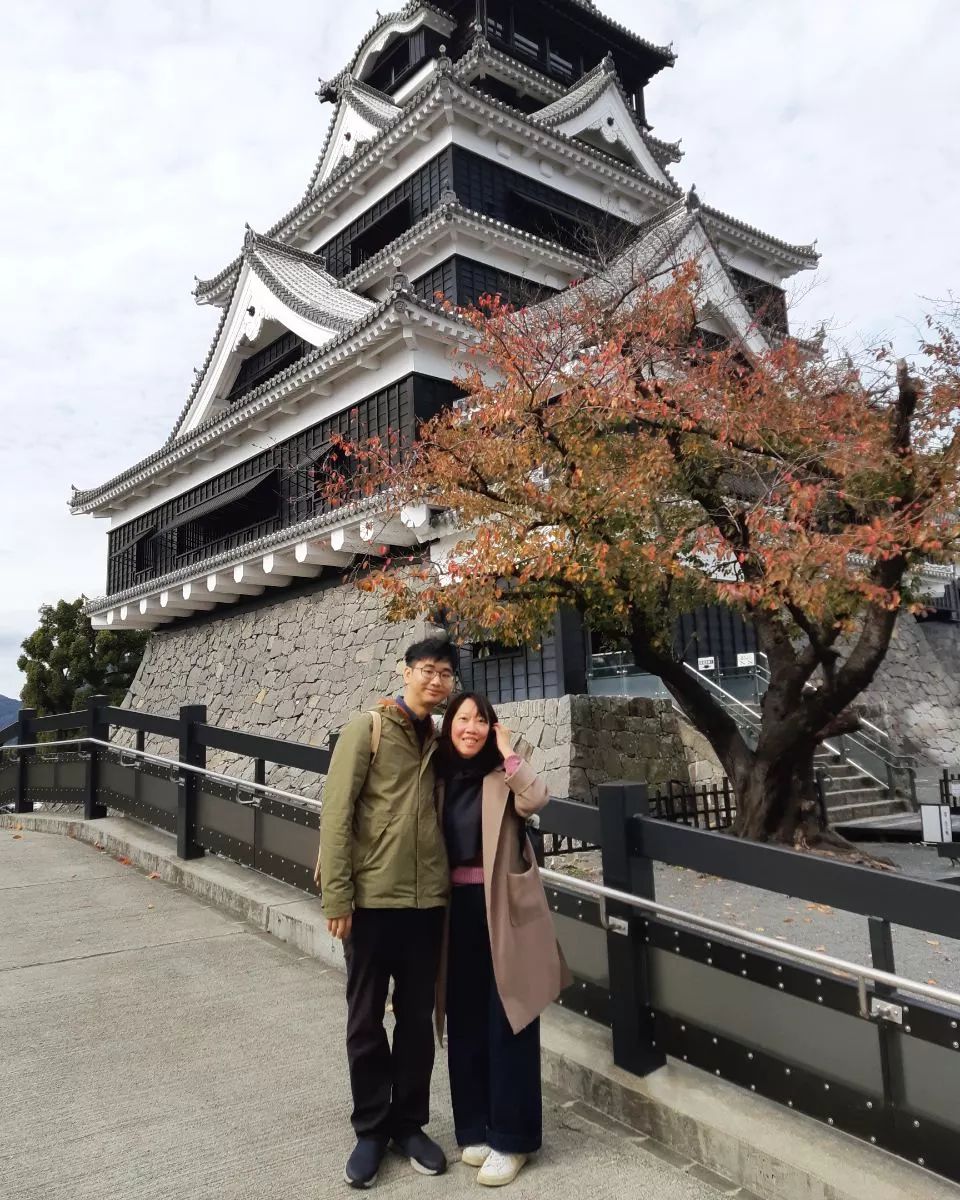
Visiting Kumamoto Castle reminds me of visiting Himeji Castle (姫路城, Himeji-jō) some three years ago in the summer. I was lucky enough to be able able to see the actual castle, taking the old stairs and surrendered by ancitient pieces. I look forward to visiting more historic castles in Japan.
佐賀 Saga Solidity House
Hanging out in Saga Prefecture (佐賀県, Saga-ken) was a unique option for a city girl. (It was surrendered by mountains. Basically in the middle of nowhere.) The primary reason I was visiting there was simply because the Solidity House was there. I needed to see it! About a dozen folks were hanging out at the Saga Solidity House aka Solidity village when I visited. It was initiated by Shogo Ochiai, a friend of ours. I’ve met him in Taiwan a few times several years ago; last time I met him was in Kyoto.
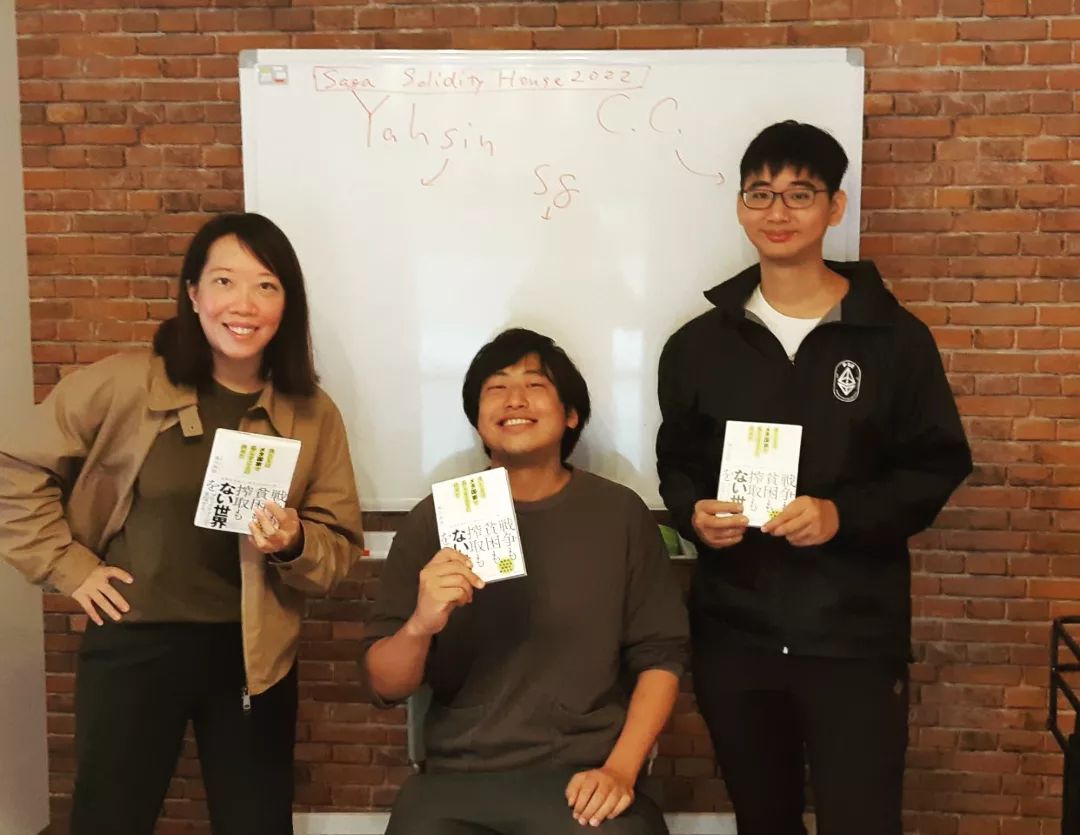
I believe the developer folks I met hanging out at the house were were doing some kind of a software development bootcamp specifically for learning Solidity smart contract development. The projects they were working on were decentralized autonomous organization DAO related and web3 related projects. I met a CS graduate student from Hiroshima. He was doing his master’s thesis on DAO-related research topics. Hanging out at the Solidity House was great; the only issue I had was it was hard to communicate with these Japanese developer folks in English.
It all started when Shogo san got himself a few traditional Japanese houses made of quality wood. Took the time to have them undergone some renovations and additions. He turned the house into a warm programming and research studio with desks, whiteboards, speakers, meetings rooms, as well as rooms to rest, etc. We had an amazing Japanese style barbecue served with a lot of good stuff such as some grilled oysters.
Shogo san and his gang even took us to a Japanese style Onsen hot spring place in the mountain, where we got to enjoy the Onsen for half an hour, soaking up the autumn sun, admiring the autumn leaves. Autumn in Japan is absolutely stunning with towns and cities get dyed in gorgeous red, amber orange, some golden yellows. (Have I mentioned how much I am in love with Tokyo’s Ueno Park?)
Meeting a Japanese blockchain engineer
On Sunday (December 4) I spent almost the whole day with Taishi san, a former engineer colleague (who I used to have meetings with for about a year and a half) now a friend. Over the years I have had the tendency to form strong bonds with folks at work. Taishi san is one of them. Almost seven months after I moved on, we still keep in touch and update each other about our lives. (I even bothered to send a postcard from Europe to his home this summer.)
Recalling how we met, I remember I recruited him in December some two years ago. It was through an introduction of the web3 startup founder I met in Saga (the same founder who initiated the Saga Solidity House project). Taishi san did an internship with him a few years ago. I remember I had the first introductory meeting with Taishi san where he mentioned a few bitcoin related projects as well as a few backend projects he had worked on. However, the impression I had was he could barely speak in English at the time.
His communication skills had been difficult to evaluate; I almost felt like we had hired him based entirely on his code contributions (by simply looking at his Github, deliberately putting less focus on his English language skills), as well as his former employer’s recommendation. It was an instinct-based, word-of-mounth decision-making for me. And so, when I finally met him in person for the first time in Tokyo, I was surprised by his ability to communicate with me.
Initially I thought I would have a hard time communicating with my former colleague since I would need to communicate within the restrictions of my vocabulary. It turns out the worry was unnecessary. The past two years he tried to practice and communicate with much effort and now there’s no need for me to learn basic Japanese anymore. I could understand him perfectly. It is a great feeling that you finally get to know a person with a warmly charismatic personality.
Tsukushima Monja Street 月島もんじゃストリート
We went to this street that was full of authentic Monja restaurants. Taishi san said he had visited there when he was a small child with his parents. His mom and dad used to make this kind of homemade style monja for him and his brother. They would cook the monja hot cakes together using lovely cooking tools shoving.
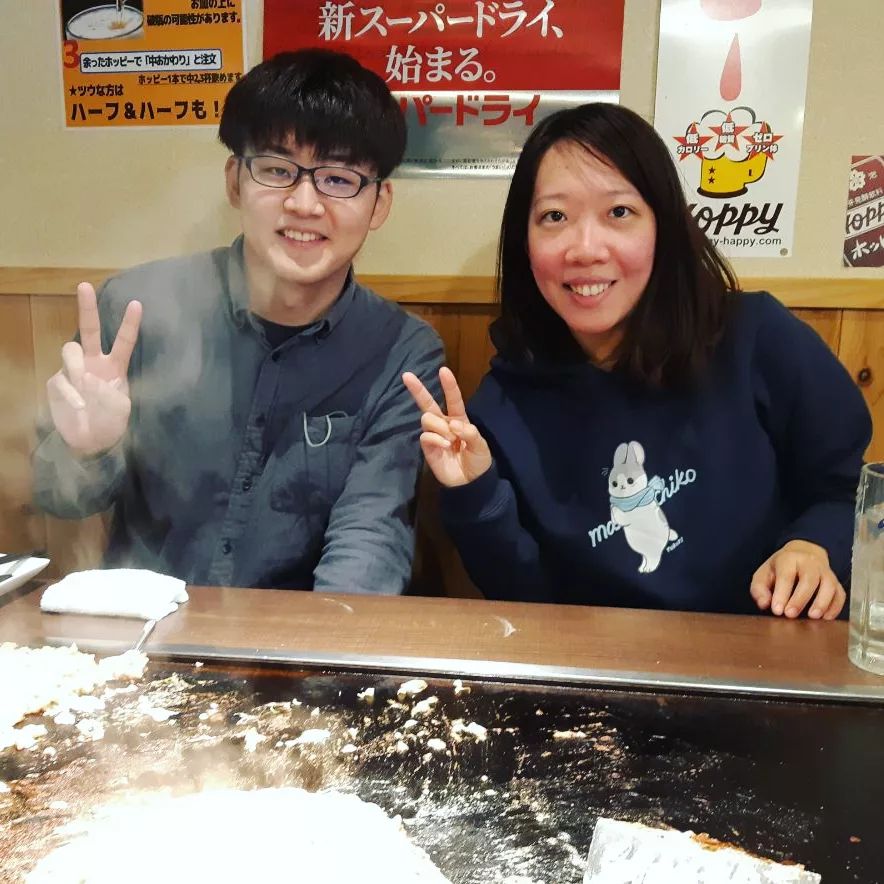
For dinner we went to this Japanese style Shabu-shabu chain restaurant in Akihabara (秋葉原). Shabu-shabu Onyasai Akihabara Showa Doriguchi (しゃぶしゃぶ温野菜 秋葉原昭和通り口店) was the name of the restaurant.
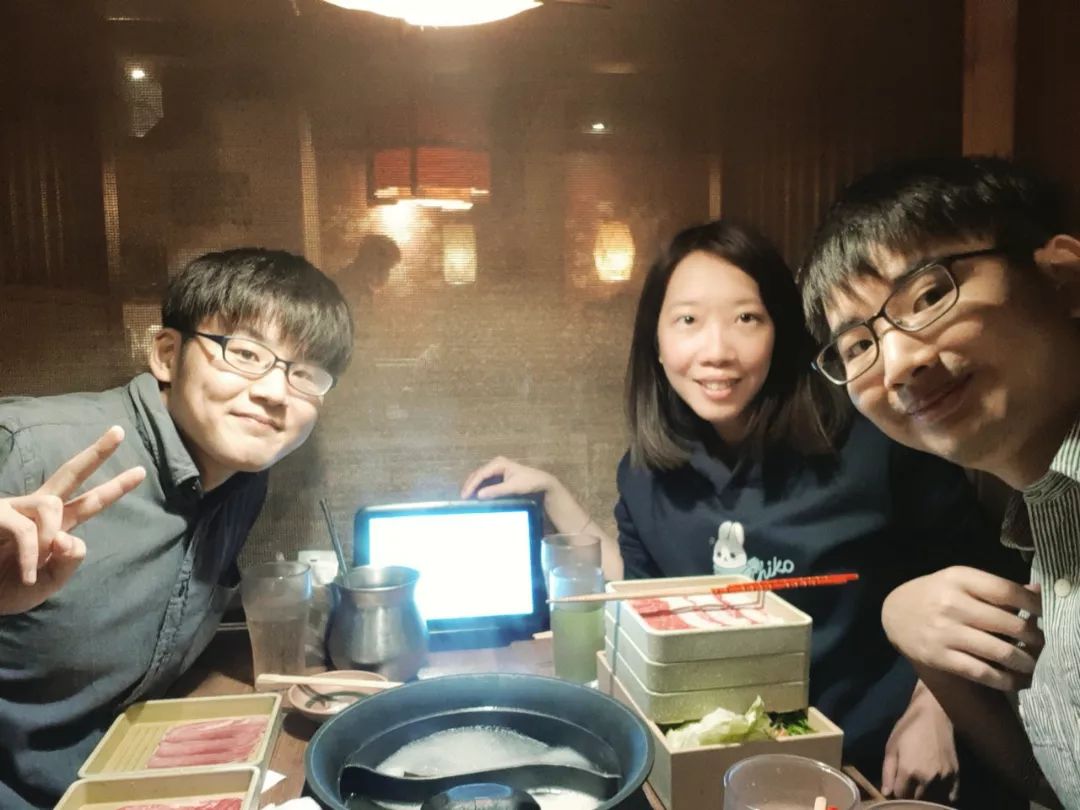
It turns our Shabu-shabu is also one of Taishi’s home dishes. He taught us how to do it. It was an authentic Japanese food cultural experience for me. I was really glad I had the meal with him.
Meeting web3/crypto communities in Tokyo
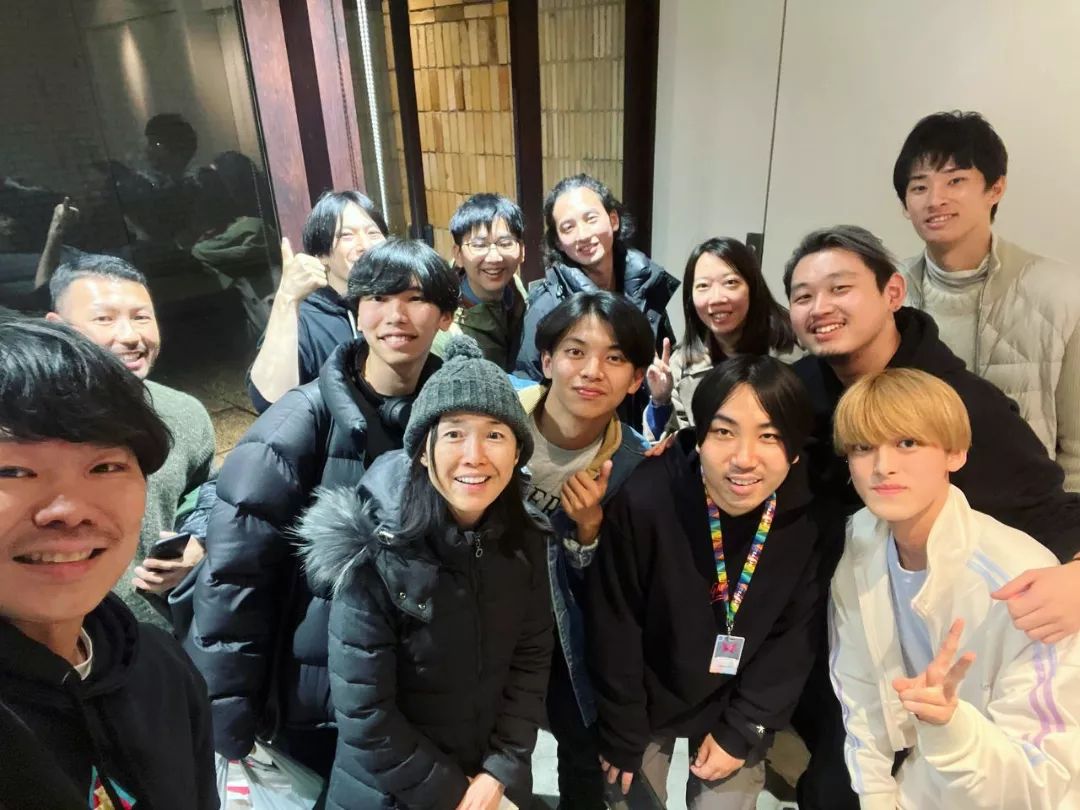
Meeting Aya Miyaguchi Executive Director at Ethereum Foundation, several founders of Fracton Ventures, a few Japanese web3/crypto startup founders on Thursday night (Dec. 8) at a Roppongi co-working space in Tokyo, Japan.
Ueno Park in Tokyo
The last few days I went to Ueno Park in the Ueno district in Tokyo. I met up with Taishi san again. We took an afternoon walk around the park along some fountains.
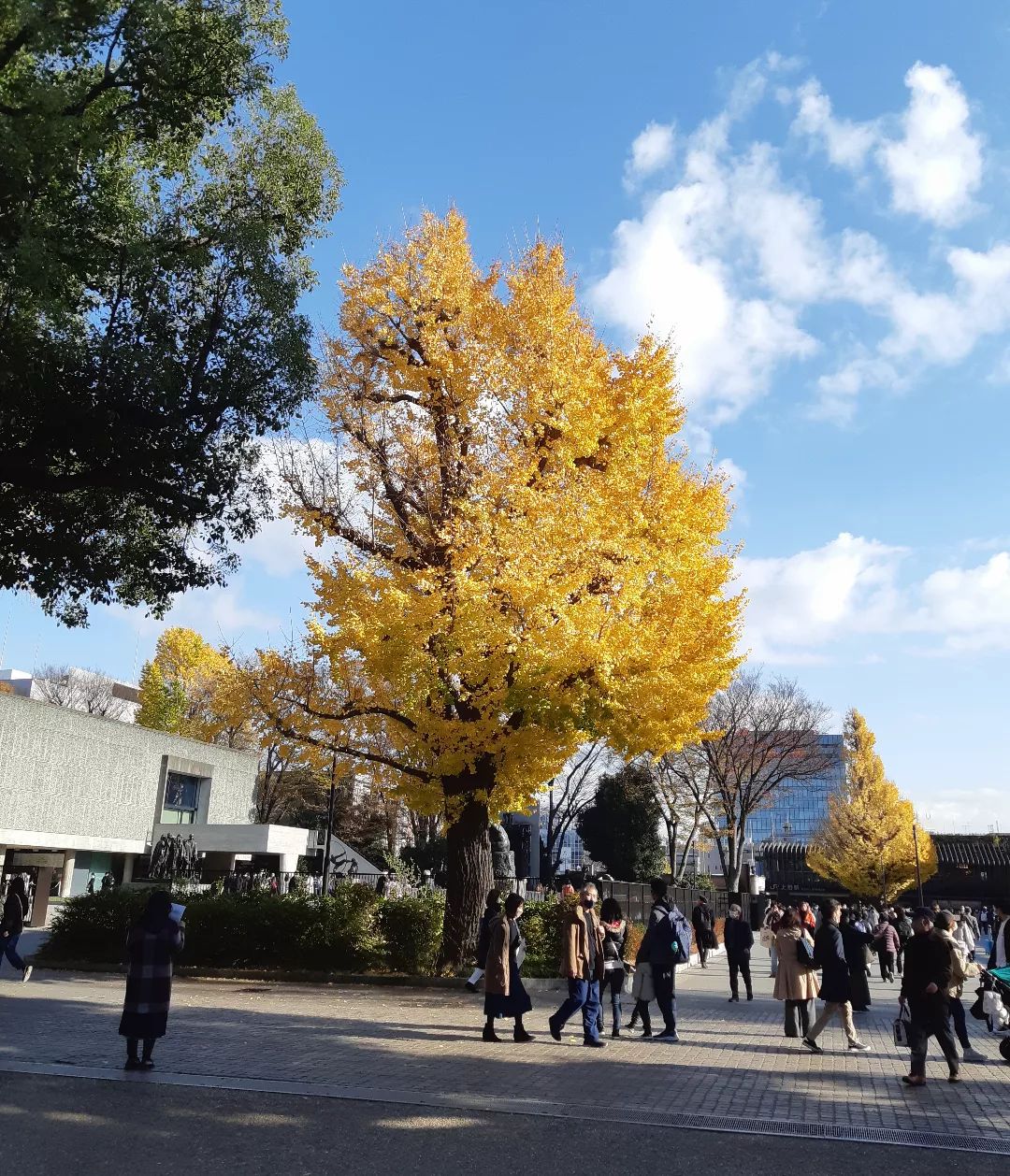
It reminds me of this big public park in Amsterdam (I’m not sure what’s the name of the park) where you could walk past through it to visit the Van Gogh Museum and Rijks. They were rather similar in part because they both have some lovely tulips blooming in the park. Also, they are both quite big. You could take a long stroll in the park, to which I believe it is quite good for stimulating creativity.
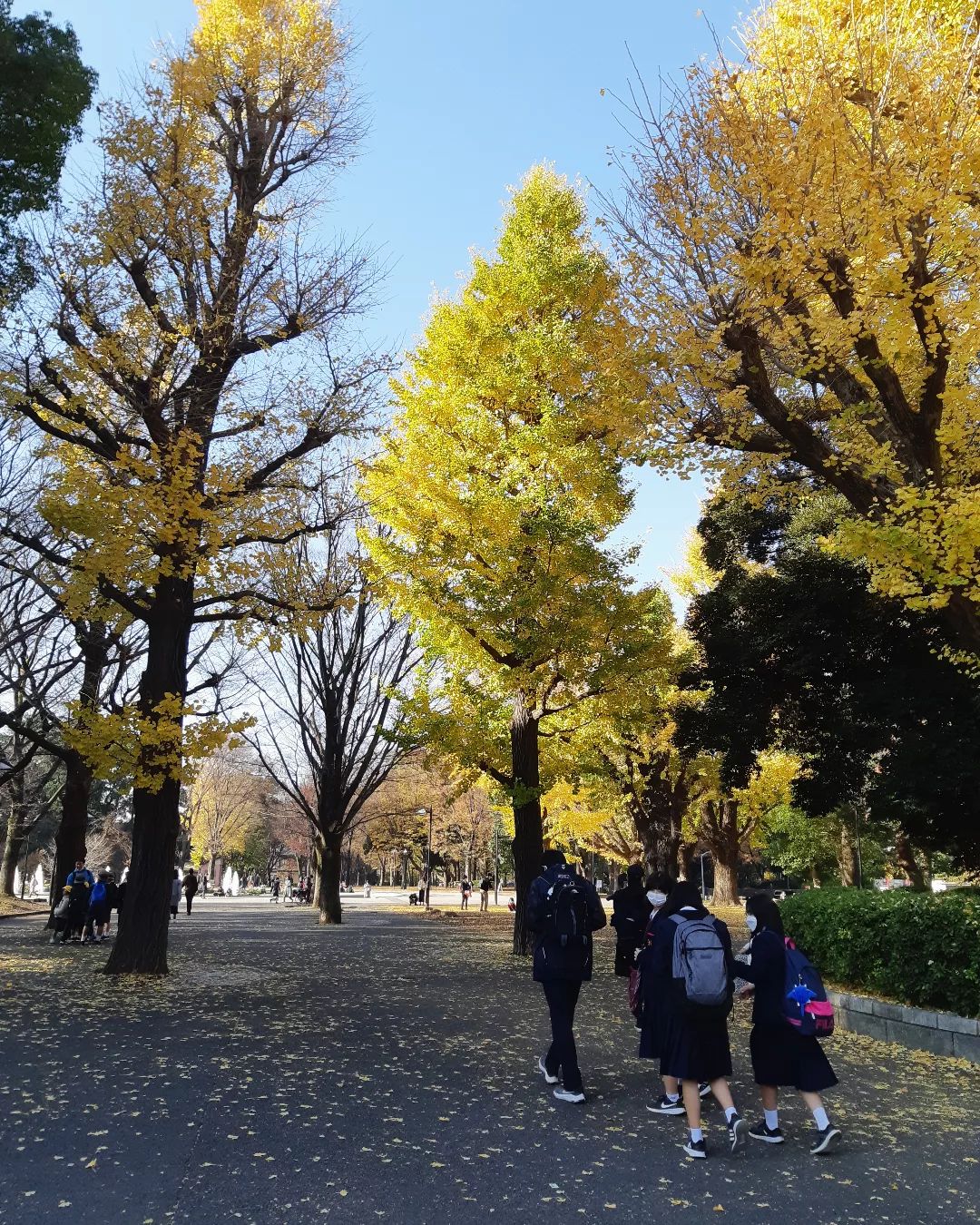
I hope Taipei would have large public urban parks one day. Daan Park in the centre of the Daan District of Taipei, Taiwan is actually one of the larger parks in the city; however, unfortunately it still isn’t large enough in my view.
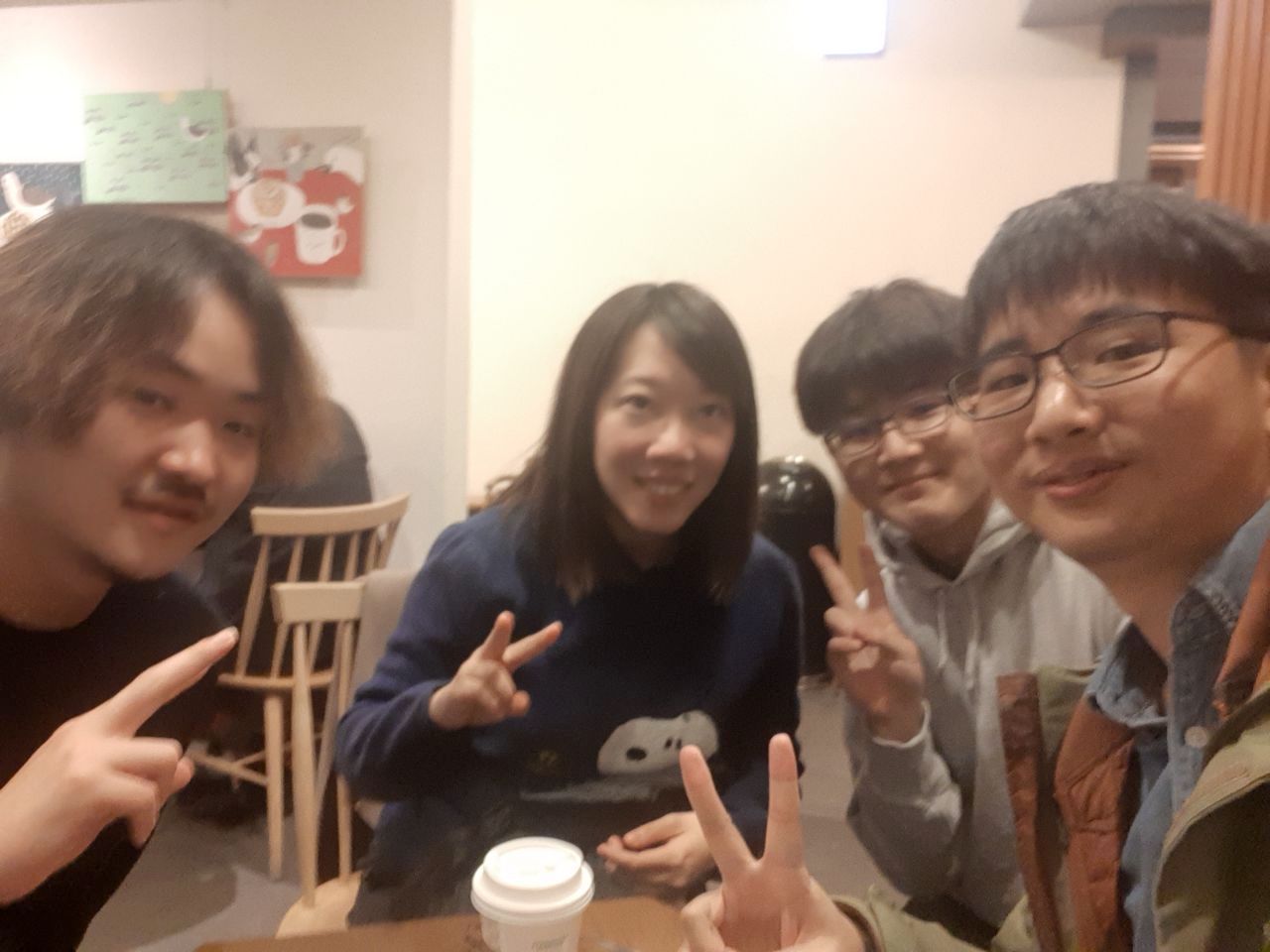
Tokyo Disneyland
Tokyo Disneyland was my last touristy place to visit. I’ve been there once when I was still in college I believe. So for this time I tried all of the rides that I didn’t dare to get on! I loved the ride I had with Big Thunder Mountain Mining Company roller coaster rides. It wasn’t too scary for adults. The Frontierland really made me feel like I’m in the wild. The theme was American and authentic. I had a lot of fun riding Splash Mountain. CC and I got the first row so our faces got some good splashed with water, which was fun for me and not so fun for CC. It was quite frightening for him – his face was pale and couldn’t utter a word for a while. I was still excited after the ride but later felt a bit worried about him. At one point he thought his heart was going to stop.
I decided to give up Space Mountain because of the look of CC’s face and ended up choosing to go for the Monsters, Inc interactive ride. I’m glad we did. CC thought it was quite good and he liked the factory theme based on the film. The part we didn’t enjoy so much was the lunch meal (it was way overpriced) and the wait time we had to spent just to get on the ride. (Our wait times were 50-70 minutes.) Now that I’ve been to Tokyo Disneyland and Tokyo DisneySea, I hope one day I’d have the opportunity to visit Disneyland Paris in Chessy, France.
Biggest culture shock from visiting Japan
The socalled “human body accident” came as one of the biggest culture shocks I experienced. It occurred on the last day when I was trying to get myself to the airport. I was about to board the train at a station on the Keikyu Line around 8:40 am to go to the Haneda Airport for flying back to Taiwan. The moment when I was going to tap my IC card on the card reader, I heard some urgent tone of voice announcing something serious.
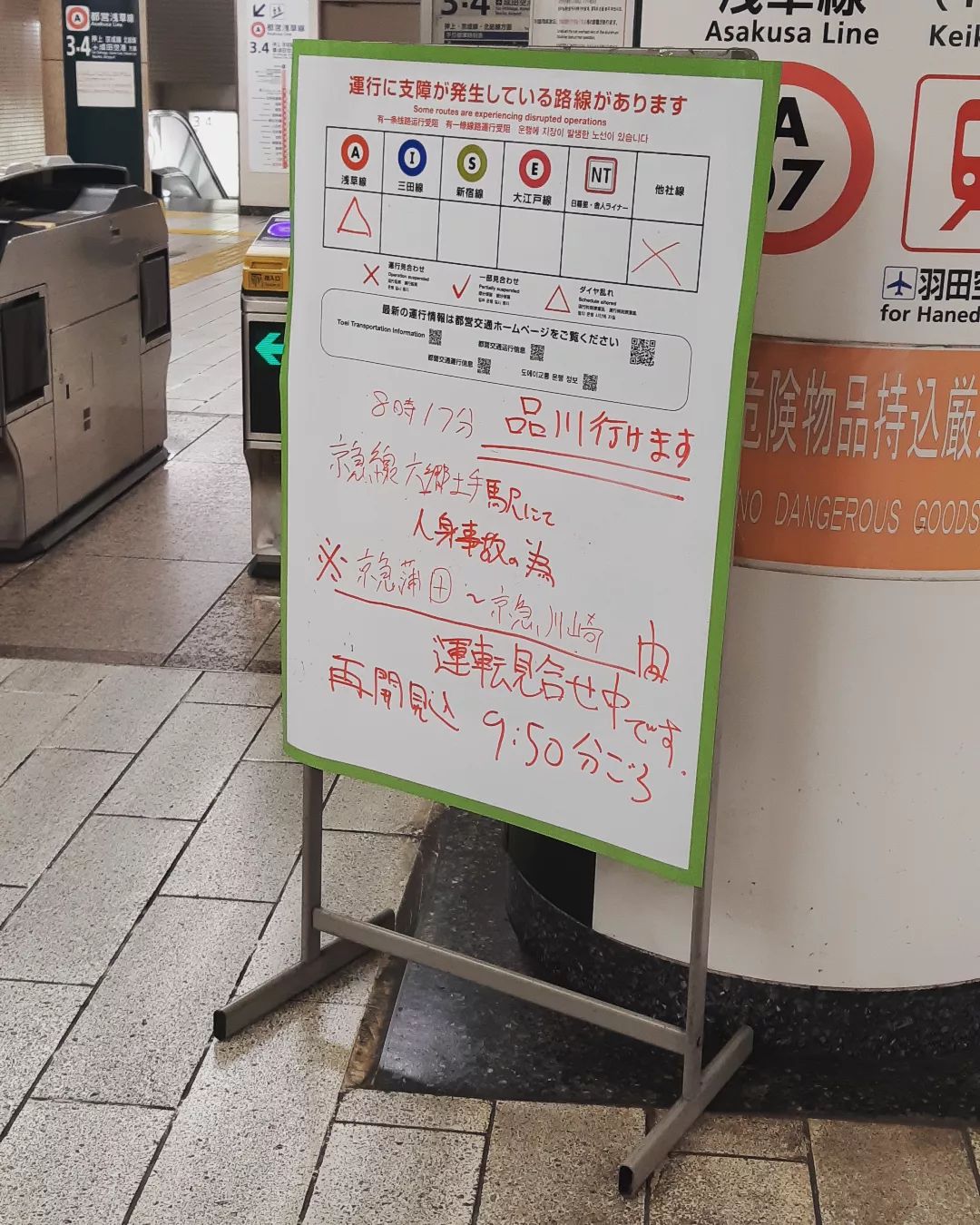
There was a small whiteboard with some handwritten Japanese characters on it. I could read some Japanese Kanji; I suspected it was saying something like the Keikyu Line had been suspended due to some 人身事故 (jinshin jiko) at 8:17 am. It is scheduled to resume operations around 9:40 am. Jinshin jiko, literally “human body accident”, refers to accidents that may result in an injury or death at train stations.
I had to make changes to my itinerary quickly and take another line before it was too late (it would have costed me some 80 US dollars to grab a taxi to the airport from where I was). I made it to the boarding gate just in time, thank goodness.
I got back to Taiwan I did a bit of an internet search on what had happened that morning. Unfortunately there wasn’t much news on what happened or who got hurt, or how did this inccident occurred. That came as a shock to me. I realised it was only a somewhat insignificant news story. I presume that it indicates this type of security incident is so common in Japan that if no one gets killed, news reporters don’t bother covering.
I grew up in Taipei; I use the Metro Taipei public transport services on the daily basis and I’ve never heard of such incidents. It rarely happens in Taiwan. I hope Japanese people will try to adopt a new attitude toward suicidal behavior. Having a tolerant attitude toward it is really bad. It can be very contagious. However, I’m not sure how this particular attitude could be changed. Maybe this is one reason why the news aren’t really covering these type of inccidents?
A Taiwanese friend invited me to join a one-month Japanese language class with him the other day. I might want to do that. I hope I could at the very least be able to read the menus next time I visit Japan.